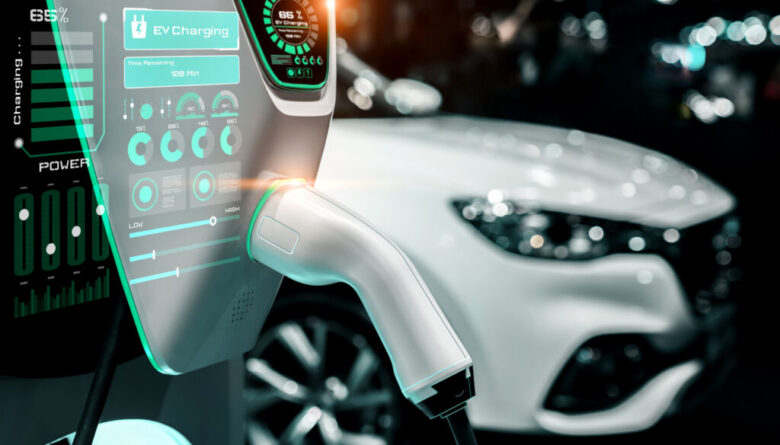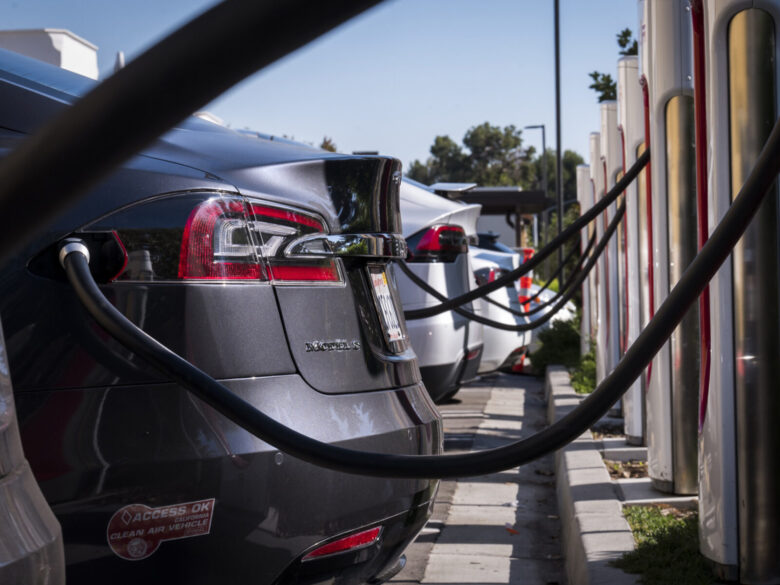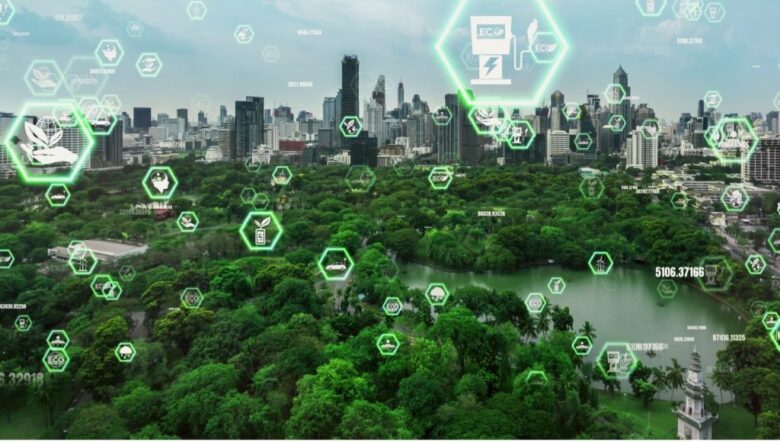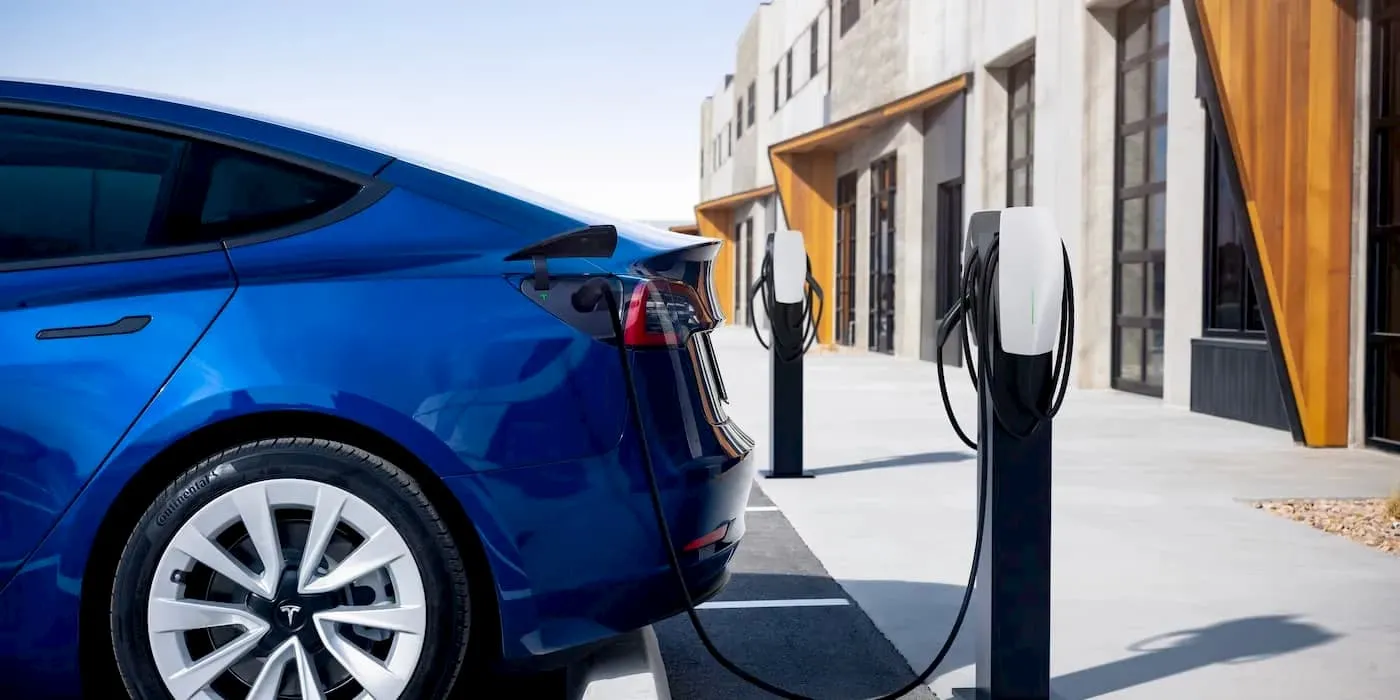There are several important reasons to invest in an electric vehicle. Whether it’s the fuel savings you’re after or the decreased maintenance costs, there seems to be very little reason not to add it to your 2024 wish list.
In addition to the benefits, owning an EV (as they’re commonly called), requires minimal add-ons and accessories. In fact, investing in the vehicle, a portable charger and a type 2 charging cable is just about all you really need to get started.
Save the Planet—Start by Switching to an EV

For many people, the most significant reason to switch to an EV has to do with the enormous impact on the environment. The importance of finding driving alternatives that are both sustainable and effective has never been more crucial. Fortunately, current EVs are a good place to start. That said, let’s dive into a few of the top ways converting to an EV will benefit the planet.
1. Effective Way to Combat Climate Change
The biggest reason EVs are regarded as such a sustainable solution is that they have zero CO2 emissions from their tailpipes. Compared to their combustion engine ancestors, this aspect alone means the overall carbon footprint of each vehicle is drastically reduced.
While it’s true that the electricity required to power an EV also requires a certain amount of carbon pollution, studies have found that these emissions are up to 41% less than those produced by fossil-fueled vehicles. Imagine the global impact when major companies start upgrading their logistical fleets to EVs!
2. Long-term Improvement of Air Quality

Few people are aware of just how much poor air quality is affecting us. In fact, The Australian Institute of Health and Welfare has established that about 3,000 deaths in Australia are caused by urban air pollution! With transport being third on the list of causes of the highest greenhouse gas emissions, EVs are certainly a welcome relief.
Keep in mind that toxic emissions don’t just come from your vehicle’s tailpipes. Other fumes and particle pollution comes from the tyres, disc brakes and other components of traditional combustion engines. With EVs, the braking system is regenerative which means there’s less pressure to create any toxic fumes. Furthermore, EV tyres are specially designed to support the vehicle’s weight. This minimises the overall particle pollution.
3. Materials Create Less Waste During Recycling
Another effective way to create a more sustainable environment is by seriously advocating recycling on all levels. This not only applies to household items but also to the vehicles we no longer use. While this concept sounds promising in theory, it can be difficult to implement if the current recycling processes contribute to the increased emissions problem.
Fortunately, EVs create less waste when they are recycled. This is especially the case with their main component, the lithium-ion batteries.
Also, since leading manufacturers guarantee that their lithium-ion batteries have a lifespan lasting between 8-10 years, it’s estimated that very few of these will end up in landfills.
4. Manufactured With Eco-Friendly Materials

A major plus is that many EVs are already being manufactured using recycled materials. In addition to using recycled materials, many manufacturers are also using vegan-friendly imitation leather to further reduce the environmental impact of their vehicles.
Using recycled materials reduces the need for new materials to be produced. This in turn reduces the effects production processes have on the environment and CO2 levels.
5. Less Harmful Fluids Being Exposed to the Environment
Engine-based vehicles produce extensive fluids that are harmful to the environment. Motor oil, for instance, contains toxic chemicals and doesn’t dissolve in water. If not disposed of correctly, this oil can be harmful to people, animals and plant life.
Since EVs don’t require oil, brake fluid or anti-freeze there’s no risk of these substances leaking into the environment. There will also be fewer single-use plastic containers (used to store the liquids) that you will need to dispose of. The only fluid used by EVs is the battery coolant. However, this fluid exists in the sealed system in the battery and according to experts, seldom needs to be changed.
6. Reduces Noise Pollution

It’s estimated that at least 70% of Australia’s noise pollution come from road traffic. While this may not be a concerning factor for many people, the reality is that noise pollution erodes the quality of life of people and animals. Being exposed to constant traffic noise can disrupt sleep patterns and increase stress levels.
In an environmental context, noise pollution can disrupt wildlife habitats. Animals such as the Australian pobblebonk frog are showing a rapid decline in numbers. Researchers have attributed this to noisy motorways drowning out their mating calls as well as making them too stressed to search for food.
Final Thoughts
EVs are a major way for Australia to transition away from its dependence on fossil fuels. By switching to an electric vehicle you will not only be contributing to a cleaner transport system but a safer environment as well. Whether you’re upgrading one vehicle or five, your contribution will make a difference!
In conclusion, the shift towards electric vehicles (EVs) in Australia presents a pivotal opportunity to address environmental challenges and combat climate change. By significantly reducing carbon emissions, improving air quality, promoting recycling, and utilizing eco-friendly materials, EVs offer tangible solutions for a sustainable future. Additionally, their quieter operation mitigates noise pollution, benefiting both humans and wildlife. Embracing EVs isn’t just about upgrading vehicles—it’s about embracing a cleaner, safer, and more sustainable transport system for generations to come. Each transition to an EV represents a meaningful step towards a greener future, highlighting the importance of collective action in safeguarding our planet. So, let’s drive change and pave the way for a brighter, cleaner tomorrow with electric vehicles!


